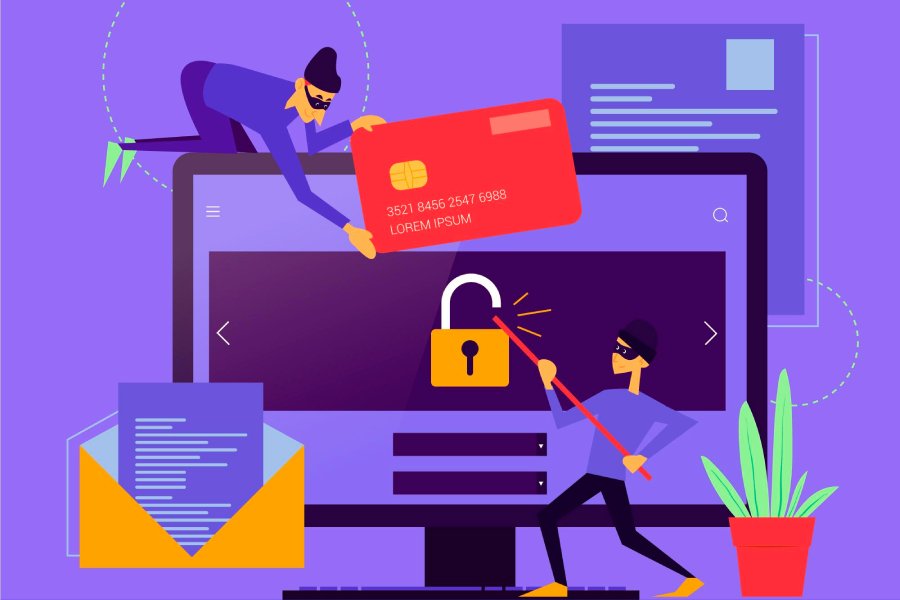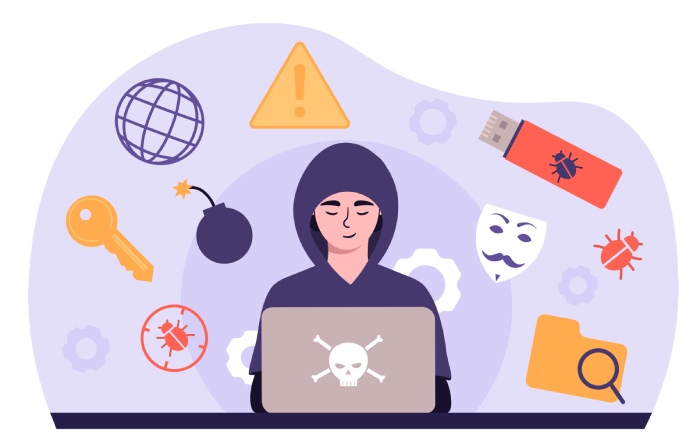It is imperative for organizations to understand the latest threats and predictions for cybercrimes and security moving into the new year. This text looks at the top cybercrime and security predictions for 2023 and suggests what individuals and organizations need to do.
Staying up to date with cybersecurity trends and predictions is important for individuals and organizations because it allows them to be proactive in protecting themselves against cyber threats. By understanding the latest techniques and tactics that cybercriminals are using, you can take steps to safeguard your systems and data and minimize the risk of being hacked or falling victim to other types of cyber attacks.
Here are the Top Cybercrime and Security Predictions for 2023 and what you can do to keep up with the latest predictions.
Top 5 Cybercrime and Security Predictions for 2023
Emerging Data Privacy Laws and Regulations
Data privacy laws worldwide are becoming stricter as more people become aware of the importance of protecting their personal information online. This trend is driven by various factors, including the increasing amount of data collected and stored by companies, the growing number of data breaches and cyber attacks, and the increasing use of personal data for targeted advertising and other purposes.
Several essential data privacy laws have been implemented recently, including the General Data Protection Regulation (GDPR) in the European Union and the California Consumer Privacy Act (CCPA) in the United States. These laws establish specific rules and requirements for how companies can collect, use, and protect personal data, and give individuals the right to control and be informed about how it is being used. Furthermore, there are several new laws set to be implemented in 2023.
It is vital for individuals to be aware of their rights under these laws and to take steps to protect their personal information online. This may include reading the privacy policies of the websites and apps you use, being cautious about sharing personal information online, and using tools such as virtual private networks (VPNs) to secure your online activities.
Cybercriminals will Target Trusted Employees, Increasing Insider Risks
The cost of insider threats increased to $15.38 million in 2022, a 34% increase since 2020. Since employees at each stage provide access points to threat actors and handle critical business data, cybercriminals target the workforce using social engineering tactics for their malicious purposes.
The risk of insider threats is continuing, with the answer being firmly rooted in adopting hybrid work environments where employees work from anywhere. In addition to opening an endpoint less secure than the organizational premises, these remote-working employees pose a significant risk to any business.
The amount of harm and devastation that only a single insider threat can cause by committing corporate espionage, giving up login credentials, network entries, or sensitive data can open the organization up to a series of unfortunate events.
Phil Venables, CISO of Google Cloud, has clarified that in 2023, “We will see increases in insider risks, with attackers attempting to coerce and extort otherwise trusted insiders to commit malicious acts.”
Wide Adoption of Zero Trust
Zero trust is a cybersecurity concept that emphasizes the need to always verify the identity of users and devices before granting access to sensitive systems and data. It is based on the idea that organizations should not automatically trust users and devices within their network and instead adopt a “never trust, always verify” approach to security.
The adoption of zero trust principles has increased in recent years to better protect against cyber threats, mainly as more organizations have adopted remote work and seen an increase in the number of devices accessing their networks. The trend will continue in 2023 as it forms an essential foundation for evolving authentication and cybersecurity.
Organizations need to implement many security controls to adopt a zero-trust approach, including MFA (Multi-factor authentication), Context-aware access control, Least privilege access, and Network segmentation.
An Increase in Ransomware Attacks and RaaS models
Ransomware-as-a-service (RaaS) is a model in which cybercriminals offer ransomware attacks to other individuals or organizations. There has been a trend in recent years towards an increase in RaaS offerings as ransomware attacks have become more common and sophisticated.
One factor that may contribute to the increase in RaaS is the growing availability of tools and infrastructure that can be used to launch ransomware attacks. In the past, attackers needed a high level of technical expertise to carry out a ransomware attack, but today, many off-the-shelf tools and services make it easier for non-technical individuals to launch an attack.
From CryptXXX, Cerber, Ryuk, REvil, DarkSide, LockBit, and countless more, there has been a steady 13% increment in ransomware breaches each year owing to RaaS utilization. The FBI says that Healthcare is the top sector targeted by cybercriminals for ransomware attacks, a fact backed by the recent ransomware attacks on Australia’s Medibank, Ireland’s HSE, and more.
To protect against RaaS attacks, individuals and organizations need to take steps to secure their systems and data. This can include using strong and unique passwords, keeping software and security systems up to date, and being cautious when clicking on links or downloading files. It is also crucial for organizations to have robust backup and recovery procedures in place, as this can help to mitigate the impact of a ransomware attack.
A Surge in Digital Supply Chain Attacks
There has been a trend in recent years towards an increase in digital supply chain attacks, as attackers have become more sophisticated and have found new ways to exploit vulnerabilities in supply chains. These attacks can be challenging to detect and prevent, as they often involve multiple steps and infiltrating systems along the supply chain.
Gartner predicts that by 2025, nearly 45% of global organizations will have suffered a supply chain attack, a three-fold increase from 2021. Several factors may contribute to the rise in digital supply chain attacks. One factor is the increasing reliance on complex and interconnected supply chains, which create more opportunities for attackers to infiltrate the system. Another factor is the growing use of third-party vendors and contractors, which make additional entry points for attackers.
To protect against digital supply chain attacks, it is essential for companies to implement strong security measures throughout their supply chain and to assess and address any vulnerabilities regularly. This can include conducting regular security assessments, implementing secure communication protocols, and implementing controls to prevent unauthorized access to systems and data.
Cybercriminals Targeting Reused Passwords and Secret Questions
Did you know that over 80% of breaches occur due to password complications, and an average employee reuses a password 13 times? Cybercriminals often try to target reused passwords and secret question fields as a way to gain access to sensitive information or to take over accounts. This is because many people tend to use the same passwords for multiple accounts, and secret questions are often based on personal information that may be easily obtainable through social engineering or other methods.
The Senior Director for Platforms and Ecosystems at Google, Mark Risher outlines, “With so many data breach dumps circulating on the dark web, we’ll see a surge of attacks leveraging not only reused passwords but also all the secret question fields (birthdate, SSN, street addresses or others).”
To protect yourself from this type of attack, it is important to use strong, unique passwords for each of your online accounts and to use security questions that cannot be easily guessed or researched. You should also be wary of phishing attacks and other tactics that may be used to obtain your login credentials or personal information.
Final Words
Thus, organizations need to be well prepared as they enter 2023, as the regulatory landscape continues to evolve, with stricter regulations around how organizations handle customers’ data. Organizations will need to ensure they have stringent policies around how employees interact internally and with external vendors to ensure there is no breach, even mistakenly.
Finally, the need of the hour is to leverage technology and adopt tools that can help automate all these processes to some extent, so businesses continue to focus on other primary goals.


